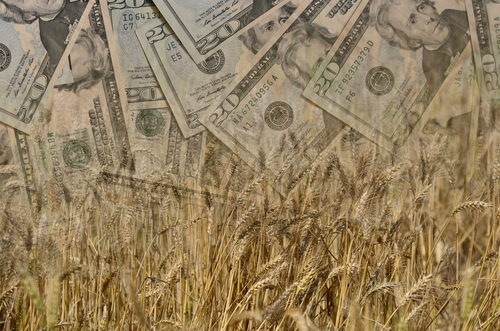North America’s agricultural industry has always been cyclical, and farmers tend to be eternal optimists, looking for signs of recovery on the horizon, even in these relatively early days of a general slump.

So how deep are we going? And how long will it last?
For Iowa State University’s Tim Eggers, it has more to do with cost decreases than with price rebounds.
“If a cost category increased during the boom, then it can decrease. It may be painful for industry as well as the individual producers,” Eggers explains. “The pie is shrinking, so assuming that everyone will still get the same sized slice doesn’t make sense.”
Eggers, a field agricultural economist based in Clarinda, Iowa, assured Farms.com that “agriculture is still valid industry. When economic profits occur, asset values and costs of production rush to make them disappear. As the prices go down, asset values and costs of production will decrease. That will be more painful for some producers and input suppliers than it will be for others.
“Specifically, if a person is in the camp of considering agriculture as a valid industry only with economic profits, they’re getting the signal it is no longer valid.
“For those who consider agriculture a valid industry when they are finding accounting profits through efficiency they realize costs of production will realign. How soon they realign will be a determining factor for those who responded to the boom through expansion.”
If land and/or equipment was purchased during the ag boom with debt, the level of debt and service of that debt can provide additional challenges
Eggers urges farmers to think back to the “doldrum period” of Summer 1998 through Summer 2006, and recall the types of adjustments that were required.
“Hoping for a return to economic profits is OK, it’s just not where a manager should be putting their efforts.”
For farmers seeking some best-practices to manage through the current slump, http://www.extension.iastate.edu/agdm/wholefarm/html/c3-58.html has some obvious and easy steps. It also offers less obvious and more challenging ideas.